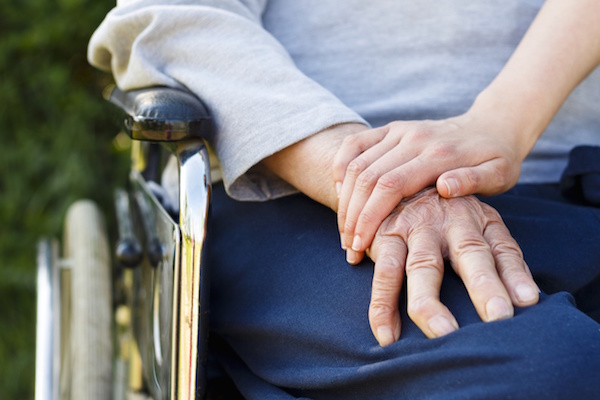
MONDAY, Jan. 27, 2014 (HealthDay News) — Gunshot wounds send about 20 children to the hospital every single day in the United States, a new study says.
A review of hospital records found that firearms caused 7,391 hospitalizations among children younger than 20 during 2009, the most recent year for which records are available, said Dr. John Leventhal, lead study author.
Of those shooting victims, 453 died while in the hospital.
More than half of the gun injuries involved an attack on the child, but nearly one-third were unintentional, the investigators found. (Others were of undetermined causes or from suicide attempts.) Three of four hospitalizations of children younger than 10 resulted from accidental injuries.
“Three firearms-related patients each day are younger than 15 years of age,” Leventhal said. “This is a tragedy. There are substantial injuries to these children that may have lifelong consequences.”
Leventhal is a Yale professor of pediatrics and medical director of the Yale-New Haven Children’s Hospital child abuse program.
The study found that boys are overwhelmingly more likely to suffer a gunshot wound, with nine of 10 cases involving male patients. Black boys had a gunshot hospitalization rate more than 10 times that of white boys.
The most common types of firearm injuries were open wounds (52 percent), fractures (50 percent), and internal injuries of the chest, abdomen or pelvis (34 percent), the report showed.
A smaller percentage of children suffered injuries that could cause long-term disability. About 15 percent of children had traumatic brain injury or an injury to the nerves or spinal cord following their shooting, conditions that often require years of rehabilitation.
“Those don’t necessarily heal,” Leventhal said. “Those children will struggle with these injuries for the rest of their lives.”
About 84 percent of these shootings involved teens aged 15 to 19, and two-thirds of those were related to assaults. While the study’s database does not provide specifics, Leventhal said it’s natural to assume that gang violence explains some of these gunshot injuries.
“Some of these are school shootings, some are gang-related, some are related to fights or disagreements,” he said. “They all relate to access to guns.”
These figures highlight the importance of firearms safety, said Dr. Georges Benjamin, executive director of the American Public Health Association.
“We’ve heard figures like that before,” Benjamin said of the 20-victim daily average. “It’s a lot more common than people think, even though that’s a pretty robust number,” he added.
“People have firearms at home for a variety of reasons. Some people think they are safer with them, but the evidence shows that’s not the case,” Benjamin said. “Far too often, there was a firearm under a mattress or a parent who put a firearm up high in the closet, way in the back — but that’s exactly where a child will look.”
The authors of the study say parents should follow the American Academy of Pediatrics’ recommendations regarding firearms.
“The AAP recommends that the safest home for a family is a home without guns,” said co-author Dr. Robert Sege, a pediatrician and director of the division of family and child advocacy at Boston Medical Center. “If there is a gun in the home, the gun should be stored unloaded and locked, and the ammunition should be stored separately.”
Benjamin said society as a whole should place renewed emphasis on making guns safer.
“We’ve made cars much, much safer without outlawing cars,” he said. “A comprehensive strategy which makes firearms safer and people safer with their firearms would dramatically reduce firearm deaths and injuries.”
The new study was published online Jan. 27 and in the February print issue of Pediatrics.
More information
To find about more about children and firearms, visit the American Academy of Child & Adolescent Psychiatry.
Copyright © 2025 HealthDay. All rights reserved.

